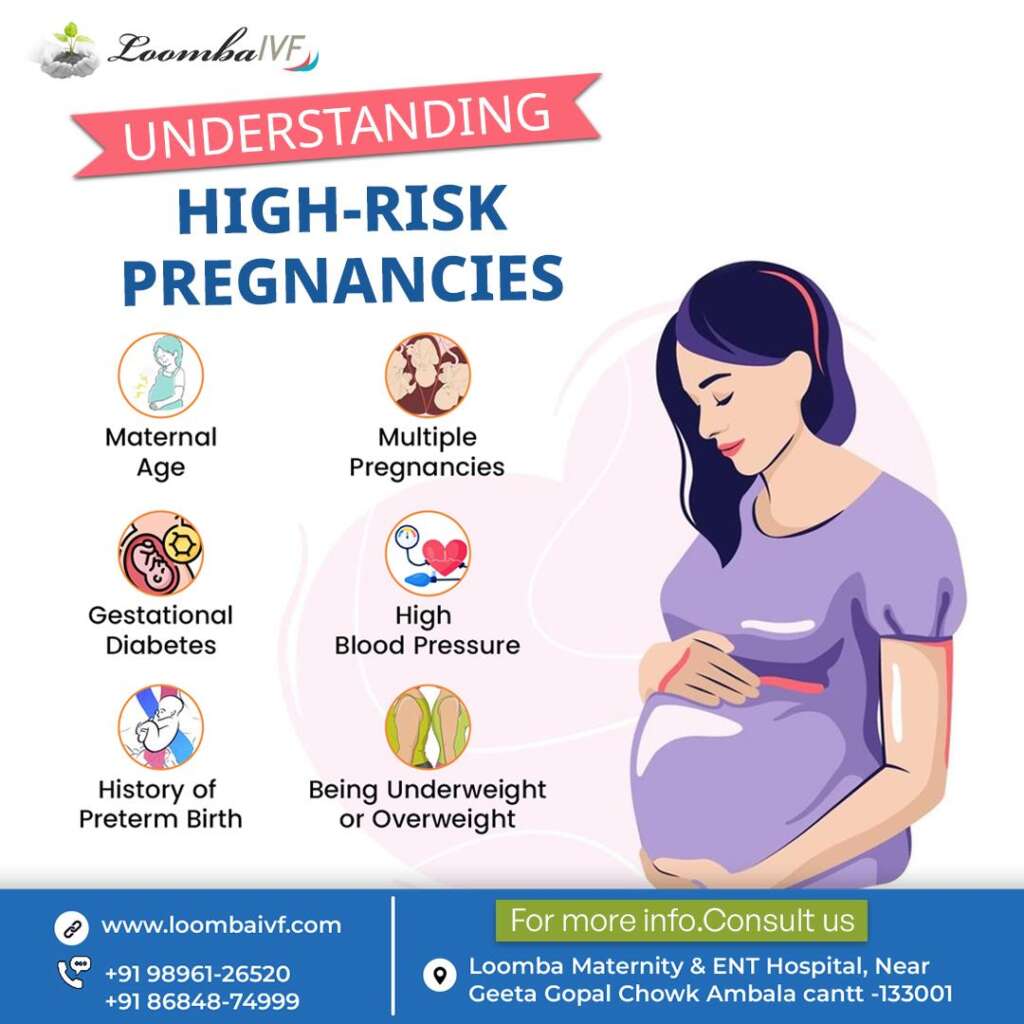Mindfulness meditation is a powerful practice that cultivates present-moment awareness and promotes inner peace. Whether you’re new to meditation or looking to deepen your practice, here’s a beginner’s guide to mindfulness meditation:
Table of Contents
ToggleWhat is mindfulness meditation?
Mindfulness meditation involves paying attention to the present moment without judgment. It involves bringing awareness to your thoughts, sensations, emotions, and surroundings with acceptance and openness. The goal is to cultivate a sense of presence and clarity in everyday life.
Getting Started:
- Find a quiet space:
- Choose a quiet and comfortable space where you can sit or lie down without distractions.
- Consider using cushions or a meditation chair to support your posture.
- Unlock the Power of Performance with Cenforce 200, Cenforce d and Vidalista 40.
- Assume a Comfortable Position:
- Sit cross-legged on a cushion or chair with your spine upright but relaxed.
- You can also lie down on your back with your arms by your sides if sitting is uncomfortable.
- Set a timer.
- Start with a manageable duration, such as 5–10 minutes.
- Use a timer or meditation app to track your session.
Mindfulness Techniques:
- Focus on Your Breath:
- Close your eyes and bring your attention to your breath.
- Notice the sensation of each inhale and exhale, focusing on the rise and fall of your abdomen or the air passing through your nostrils.
- Body Scan:
- Slowly scan through your body from head to toe, noticing any areas of tension or relaxation.
- Bring gentle awareness to each body part without trying to change anything.
- Thought Observation:
- Allow thoughts and emotions to arise without getting caught up in them.
- Observe thoughts as passing clouds in the sky, letting them come and go without attachment.
Cultivating Presence:
- Non-Judgmental Awareness:
- Notice any judgments or distractions that arise during meditation.
- Gently redirect your focus back to the present moment without self-criticism.
- Return to the Breath:
- If your mind wanders, gently guide your attention back to your breath or chosen focal point.
- Use the breath as an anchor to ground yourself in the present.
Benefits of Mindfulness Meditation:
- Reduced Stress and Anxiety: Regular practice can lower cortisol levels and promote relaxation.
- Improved Focus and Clarity: Enhances cognitive function and attentional control.
- Emotional regulation develops resilience and emotional intelligence.
- Enhanced Well-Being: Supports overall mental and physical health.
Consistency and Patience:
- Start Small: Begin with brief sessions and gradually increase duration as you become more comfortable.
- Practice Regularly: Aim for daily meditation sessions to experience the full benefits of mindfulness.
- Be patient. Allow yourself to progress at your own pace and embrace each moment with openness.
Conclusion:
Mindfulness meditation is a transformative practice that fosters self-awareness, resilience, and inner calm. By incorporating these techniques into your daily routine, you can cultivate mindfulness and deepen your connection to the present moment. Start your meditation journey with curiosity and compassion, and allow yourself to experience the profound benefits of mindfulness in your life. Remember, the essence of meditation is not perfection but the willingness to show up and be present with whatever arises.




